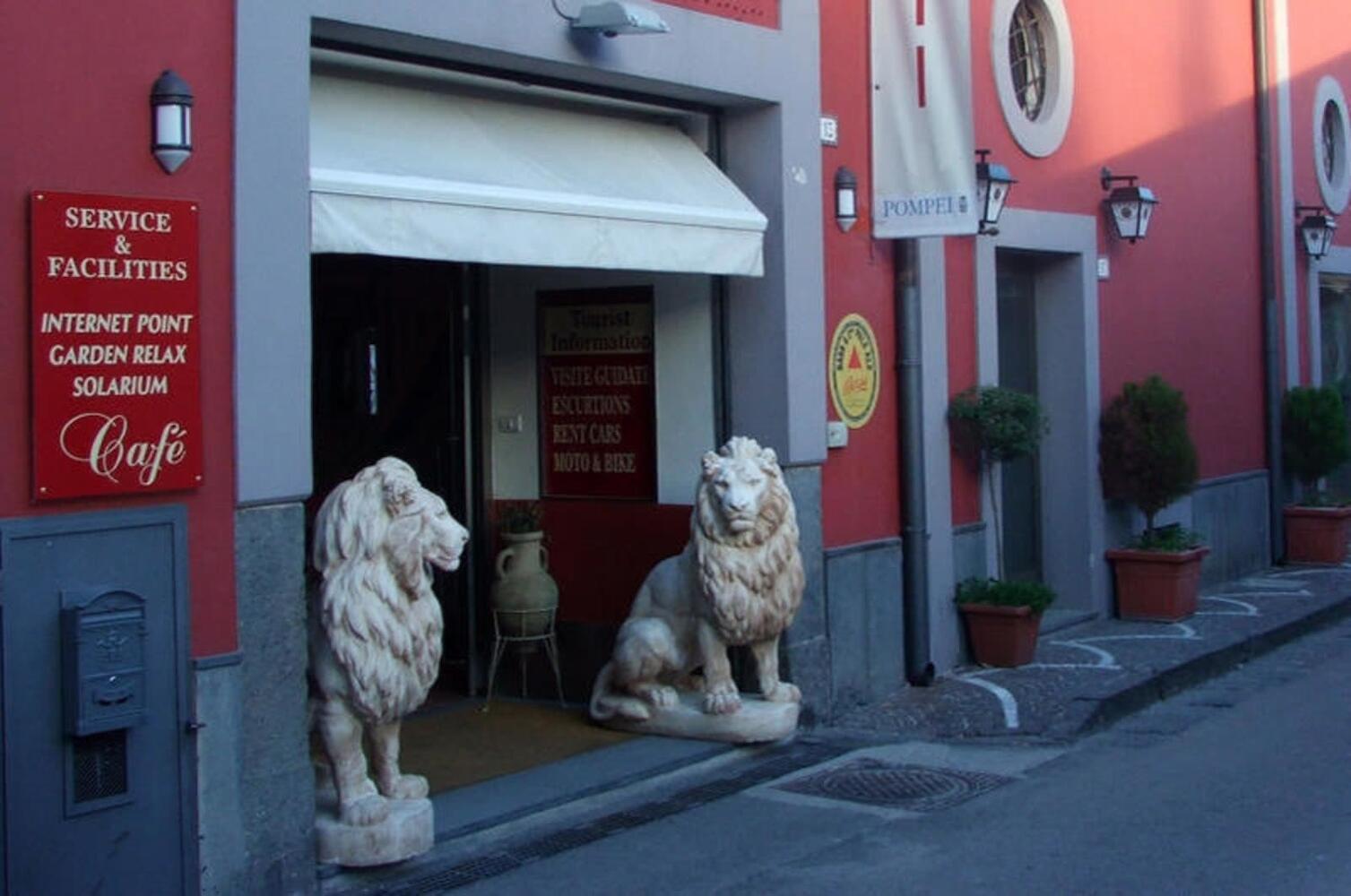Looking for budget stays in Pompei? This section is designed to save you time, money, and unnecessary stress. We've got insider tips to help you find affordable hostels and the cheapest places to stay in Pompei.

Today, Pompei has about twenty-five thousand inhabitants and it is located south of Mount Vesuvius on the right bank of the River Sarno, about three kilometers from its estuary in the Gulf of Naples. Pompei is a city in the shadows of its own past. The first association with Pompei is the eruption of Vesuvius in the first century and the buried and later rediscovered and excavated city, Pompei and not with today’s little town. The later town was built in the eleventh century and it has never gotten close to the prosperity and abundance of ancient Pompei.
In its approximate seven hundred years of history, ancient Pompei was inhabited and shaped by Oscans, Samnites, Greeks, Etruscans, and Romans. During the famous, sudden eruption of Vesuvius, the city was instantly buried beneath ash, well preserved, and later forgotten for more than a thousand years. After its rediscovery in the eighteenth century, Pompei became a major point of interest of the ancient world. Pompei, one of the best preserved ancient city ruins, became a well-known place and it is visited by more than two million tourists every year. In addition to Pompei, other cities such as Herculaneum, Stabiae and Oplontis were completely buried. Today, ancient Pompei is an open-air museum.
Pompei is a small town nowadays but it is visited by millions of tourists and so prices of hostels in Pompei are consequently quite high -- it could be hard to book a hostel in Pompei. Most hostels in Pompei have a central location, but even the ones that are far from the center are only about fifteen minutes on foot from it. Pompei hostels offer also quite good conditions and the adjacent sea makes them even more tempting.
Written by Travel Expert Pompei
 George Traveller
George Traveller